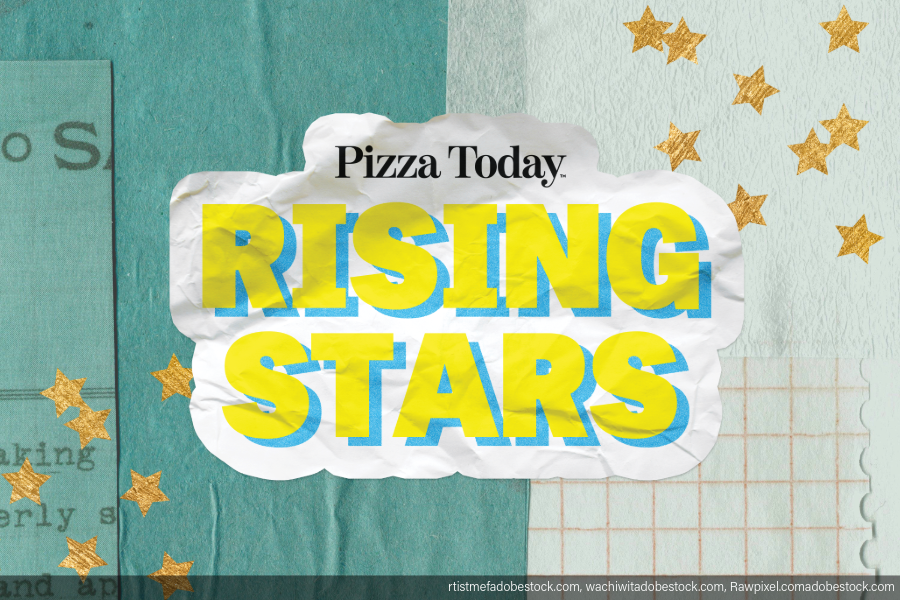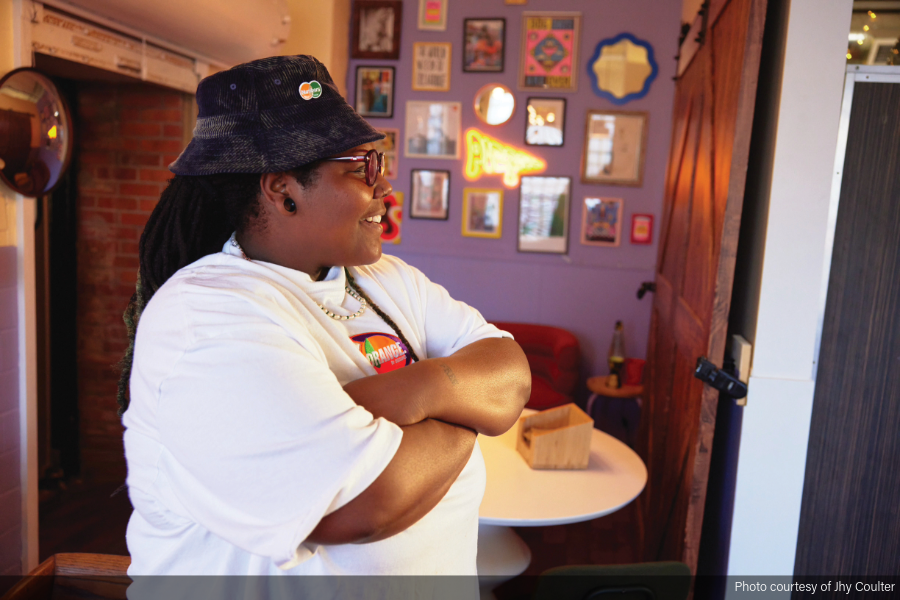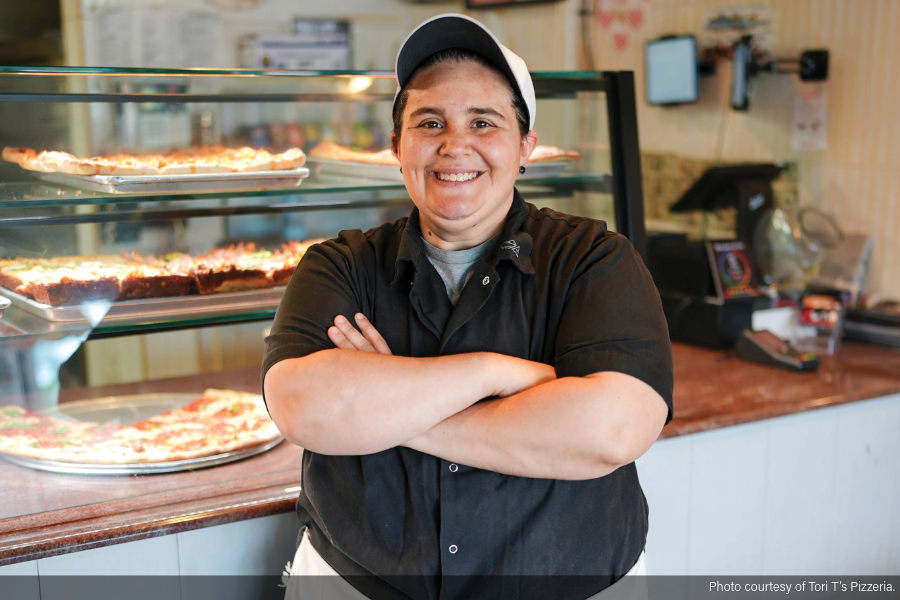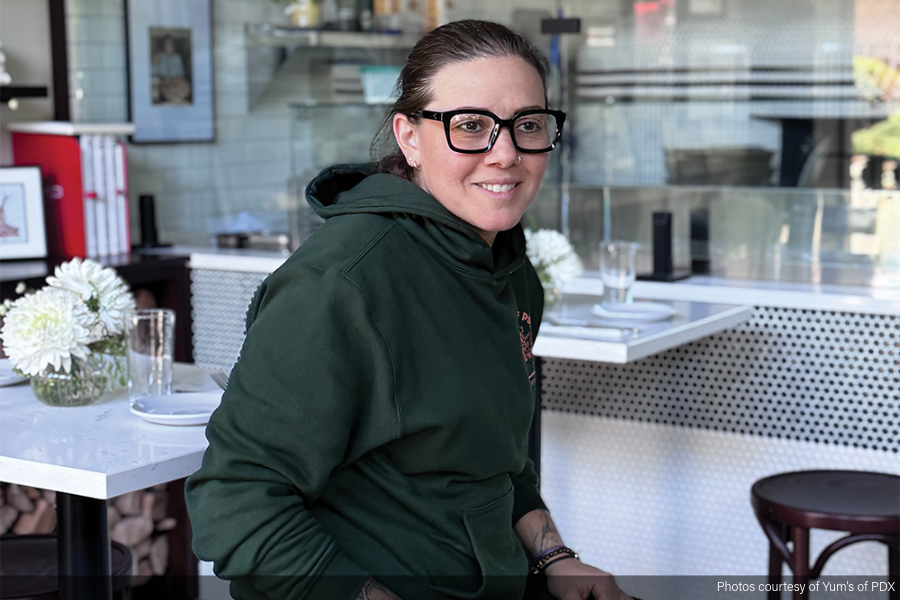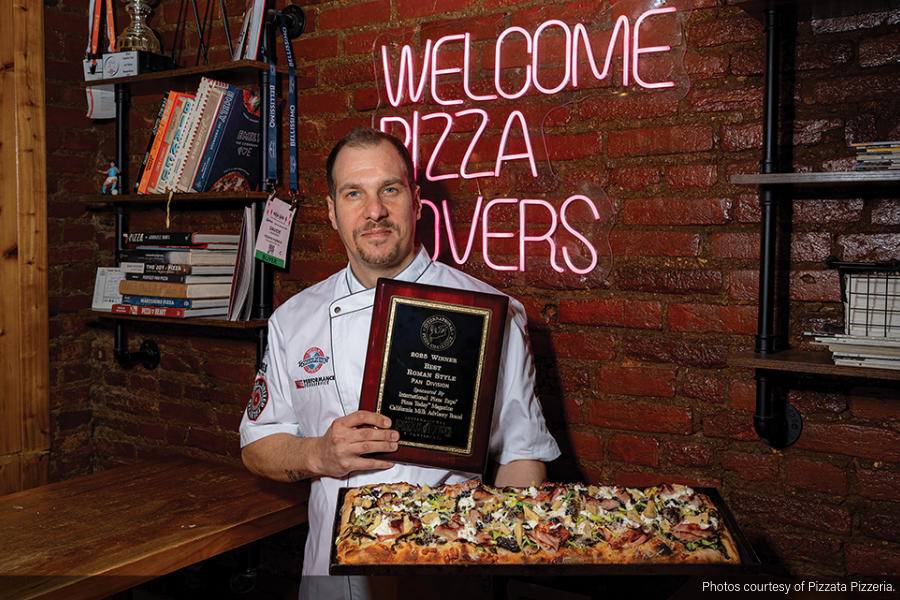Fun and flavorful salads heat up summer profits
With the summer months upon us crisp, cold salads are a must-have menu item. “When it’s hot outside, salads are one of my favorite foods to eat,” says Spencer Johnston, executive chef at The Churchill in Los Angeles, California.
To move his dinner salads, Johnston has summer to thank. “In the summer people eat lighter dishes. I tend to sell more during this time,” he says. “For ingredients I go to the farmers markets when the product is in the height of its season, which means everyone is producing, and the price is low. These salads are easy to make and affordable.”
Operators don’t have to stick to the ubiquitous iceberg-cheese-and-crouton fare. Instead consider building salads with trendy ingredients such as spring peas, pea tendrils, crab, beets, nuts, watermelon radishes, Brussels sprouts, pomegranate or sunchokes.
“Kale is also a great green, and can be used in a wide range of salads,” adds Johnston, who says operators can’t go wrong mixing tomatoes with sweet basil and torn Burrata cheese tossed with salt, pepper, balsamic vinegar and fresh pressed olive oil. He also suggests plating a chopped salad with cucumbers, tomatoes and feta marinated first in oregano/ red wine vinaigrette. To lighten up a traditional Caesar salad for summer Johnston cuts the head of Romaine in half, seasons with salt and pepper and lightly grills. Then he drizzles Caesar dressing over it, along with chopped white anchovies, and serves it with grilled bread.
Stephanie Castellucci, owner and general manager at Double Zero Napoletana in Atlanta, Georgia, menus two summer salads. The Burrata and Prosciutto is created with Burrata, prosciutto di Parma, arugula, red onion marmalade and balsamic caviar dressed in Saba vinegar/basil oil. The cavoletti salad presents shaved raw Brussels sprouts, egg, candied pecans and Grana Padano cheese tossed in a preserved lemon and Dijon mustard vinaigrette.
“These items are profitable. But, they are definitely not our lowest food cost items,” says Castellucci. “Burrata is a phenomenal product, but it is also really expensive.” To compensate, servers push salads to patrons by highlighting the salad section of the menu and talking about a few of their favorites.
James D. Faurentino, owner of Pizza a’fetta in Cannon Beach, Oregon, also depends on his wait staff to help move salads. “We have the wait staff do a brief menu overview as they address the customers. The staff informs the customer that we can do both full salads and a half portion. The half portion or split salad is a sum of $1 over the cost of half the total price of the whole salad,” he says.
In addition, servers encourage salad add-ons. “Fresh crab and grilled smoked chicken choices are great add-ons and increase the sale by an average of $2.50 to $3,” Faurentino says.
The restaurant also offers a meal combo during lunch that allows customers to try any half-portion salad with a slice of pizza and a beverage. “This is the best way to introduce the customer to new feature salad items,” says Faurentino.
Customers may order a full portion dinner salad during their next visit. Wait staff may also encourage patrons to start with a pizza and then order a salad entrée since pizza makes a great share item.
Faurentino’s most popular summer salads include the spinach and capriccio options. The spinach salad tosses fresh spinach in bacon and warm housemade raspberry vinaigrette and is topped with red peppers, Italian red onions and fontina cheese. The capriccio salad displays a bed of romaine adorned with diced tomatoes, mozzarella, kalamata olives, artichokes, Romano cheese, basil and an extra virgin olive oil/balsamic vinegar dressing. Faurentino says the spinach salad has a 12.2 percent plate cost for a $7.95 total cost, while the capriccio salad has a 12.7 percent plate cost for a $7.95 total cost.
Anthony Russo, founder of Russo’s New York Pizzeria and Russo’s Coal- Fired Italian Kitchen, both headquartered in Houston, says: “People are increasingly health-conscious and aware of the things they put in their bodies, so salads are quick movers.”
At the 27-unit New York Pizzeria popular summer salads include cucumber/feta, which blends together sliced cucumbers, red onions, tomatoes, kalamata olives and feta tossed in a housemade garlic-infused extra virgin olive oil; and a roasted beet salad with mixed field greens and goat cheese.
“Salads are typically a profitable option using the more run-of-the-mill vegetables,” says Russo. However, he cautions that incorporating meats, cheeses, and more exotic vegetables or fruits can make it slightly less profitable. Remember to price accordingly — especially on dinner menus.
When it comes to summer salads, take advantage of seasonal ingredients and have fun developing original combinations. Your patrons, and your bottom-line, will thank you. u
CAPRICCIO SALAD
Yield: 2 servings
4 ounces romaine lettuce
6 ounces Roma tomato, diced
5 small fresh mozzarella balls cut into two
Dash of salt
1 ounce extra virgin olive oil
1 ounce balsamic vinegar
Sprinkle of Parmesan cheese
4 kalamata olive halves
2 artichoke hearts, halved
1 ounce Romano cheese
Pinch of basil, chopped
Place romaine in center of plate. Top with tomatoes and mozzarella. Sprinkle with salt, extra virgin olive oil, vinegar and Parmesan.
Place olives on the plate’s left side. Place artichokes on the plate’s right side. Garnish with Romano and basil.

Cavoletti Salad
Or, try the Cavoletti Salad, featuring Brussels sprouts, hard-boiled eggs, lemon juice and Dijon mustard. Click here for the full recipe.
Melanie Wolkoff Wachsman is a freelance writer in Louisville, Kentucky. She covers food, business and lifestyle trends.


